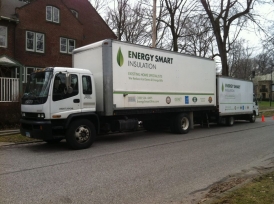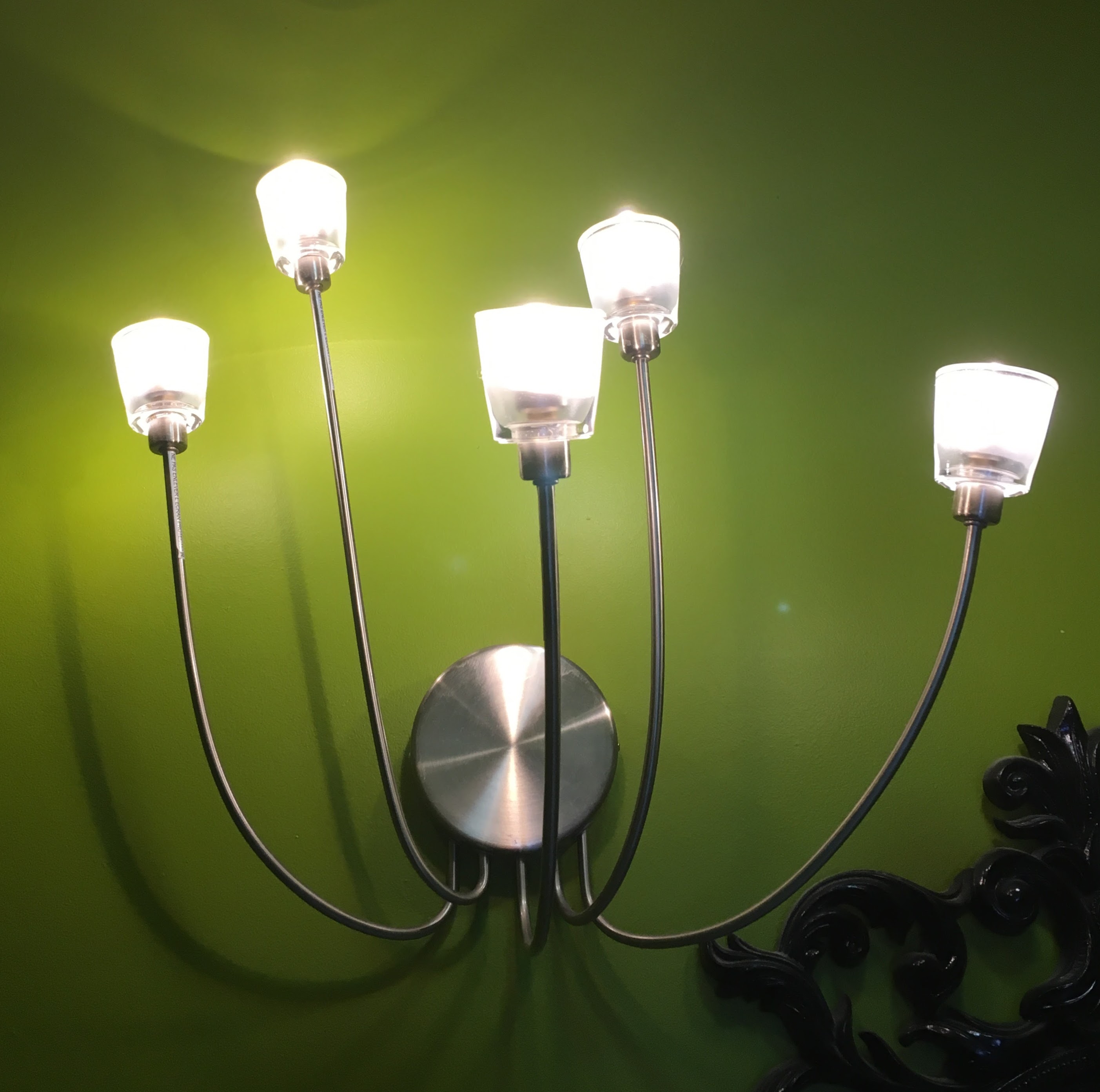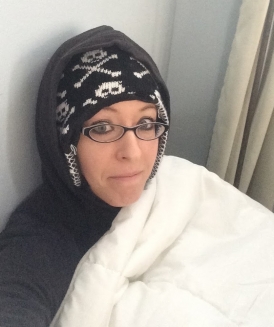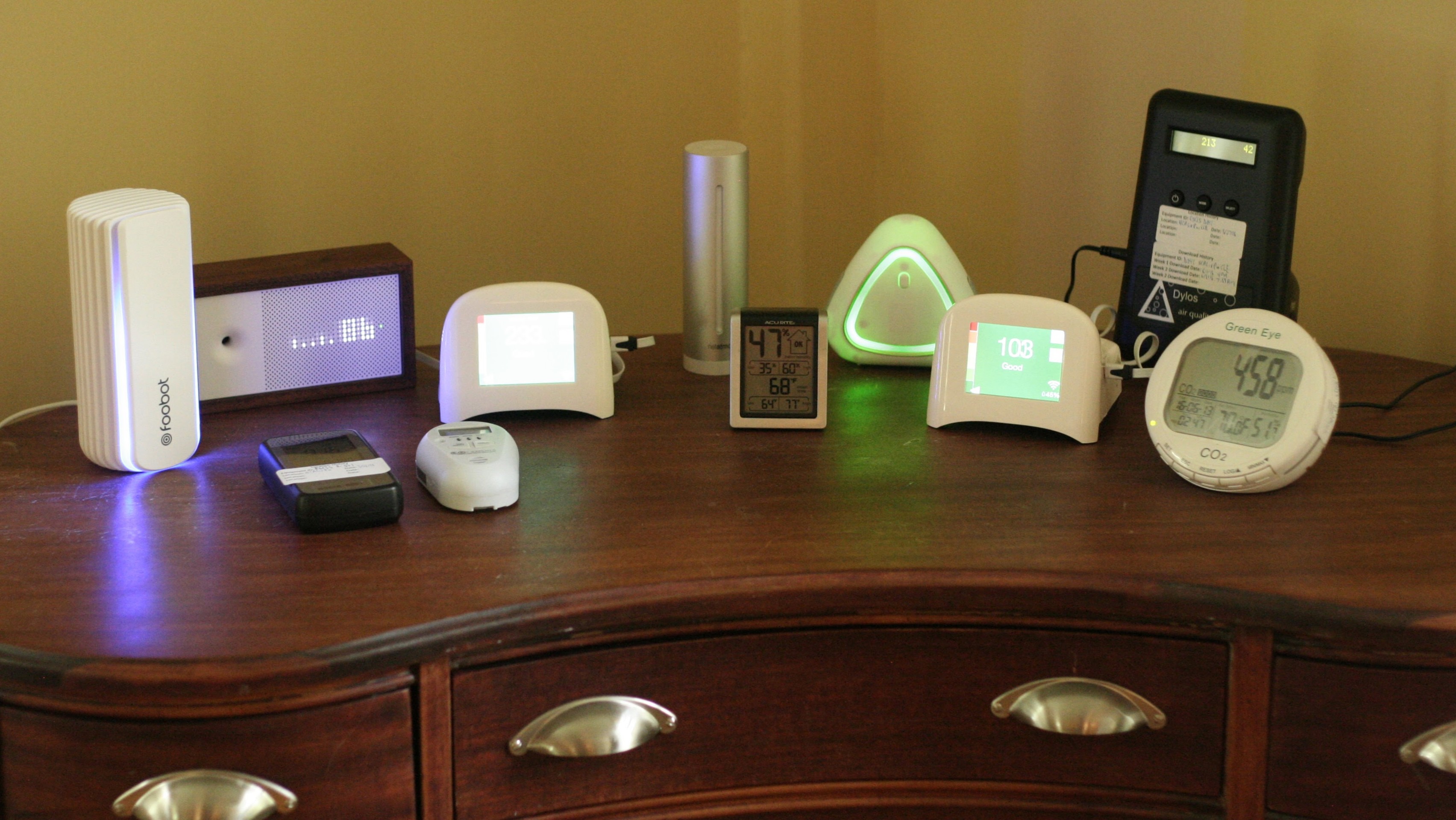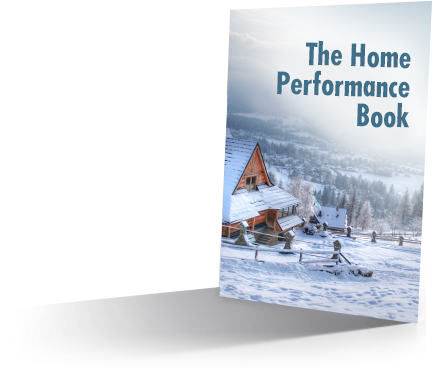Childhood asthma has now been causally linked to damp buildings. Damp buildings are a serious health hazard.
Humidity is one of those things we really don’t think about, yet has enormous effects on our comfort, health and on how our homes work. One of the things we aim to do in your home is to control humidity year round – lower in summer, and higher in winter – than would happen naturally. Here are some reasons why. Do you notice any of these in your home?
Effects of High or Low Humidity In Your Home
- High humidity = more VOCs released = worse IAQ = more smells, more illnesses
- High humidity = sweat doesn’t evaporate = poor comfort even when temperatures should be comfortable
- High humidity = sticky surfaces and floors
- High humidity = more bugs, they need moisture to survive
- High humidity = increased risk of mold
- Low humidity = dry skin, eczema, itching
- Low humidity = less comfort because your body emits heat more quickly = higher set points on thermostat = possibly higher bills
- Low humidity = increased spread of viruses
- Low humidity = 90 degree dry air actually feels cold blowing on your skin because it robs moisture from you
- Low humidity = more dust in the house
What this is based on:
We don’t just make things up, this information was culled from a study by ASHRAE. ASHRAE is a group of engineers that figures out HVAC at a high level. They found that 30-55% relative humidity is the sweet spot, 40-50% is best within that band. Here is a key study in that, and here is a helpful graphic, image credit to Kettering HVAC.
Volatile Organic Compounds offgas more at higher humidity levels. This was found by Richard Corsi at the University of Texas.
Comfort is Not Just a Number on the Thermostat
When we think comfort, we often only think of air temperature. If the thermostat says 70 in winter, I’m probably comfortable. If only it were that simple, to dig deeper into that, check out our Comfort page.
Humidity plays a huge part in our comfort. And it’s a bit of a booger to control. It’s very important to reduce how much your home leaks first before trying to control it. Let’s talk a little about control, then dig a little deeper into the 7 examples above.
How to Control Humidity In Your Home
- Tighten the house up with blower door assisted air sealing.
If a house is too leaky, in the winter humidified air leaks out more quickly than a humidifier can add it, or in the summer the humid air outside leaks in faster than the air conditioner or dehumidifier can remove the moisture. It’s critical not to just seal leaks willy-nilly though, or else you won’t have any idea how well you did. Instead, if a contractor uses a tool called a blower door, they can get before and after numbers, as well as check during the job to see how well they are doing and look for unusual leaks.
- Right size the furnace and air conditioner, then add a humidifier and dehumidifier.
In the winter, a humidifier on the furnace adds humidity, but only when it is running. So it’s best to have it run as much as it needs to add humidity. Oversized furnaces turn on, then turn off very quickly, with little run time, so they don’t add much humidity. Be careful, though! Manual humidifiers are dangerous because they won’t automatically turn down humidity levels when it gets cold, which can lead to mold problems. This is part of why we write specifications as part of our packages, so the contractors know which equipment to use.
Conversely, air conditioners automatically dehumidify, but only when they are running and air is passing over the cooling coil. So we want the AC to run as much as possible, too. Oversized ACs don’t run very long and tend to leave indoor humidity levels too high for comfort. Many turn the thermostat down because they don’t feel cool yet, meaning their sweat isn’t evaporating quickly, only to overcool the house before the humidity levels finally drop. Then the female half of the couple usually complains of being cold, because women quite literally run colder than men.1 (Women are different from men. You heard it here first, folks.) A whole house dehumidifier, such as a ventilating dehumidifier, may be needed as well to remove moisture in the ‘shoulder seasons’ of spring and fall where the HVAC doesn’t run, but our homes tend to get damp with spring and fall rains. Our plans include considering these factors.
Doesn’t Running All the Time Use More Energy?
Equipment that runs non-stop probably sounds like it would use more energy, but it actually doesn’t. Let’s use an analogy. When you ride your bike, do you pedal, then stop pedaling and coast until you almost stop, then pedal, then stop pedaling? Of course not. You pedal continuously and maintain an even speed. If you do the on again, off again thing, you’ll quickly tire yourself out, like you see little kids do, right? Why is that? If we were having a conversation we’d wait to tell you, but you’re reading, so… Doing bursts uses a lot of energy compared to gradual continuous motion. It takes more horsepower to work in bursts than it does to just hold a constant speed.
The same thing applies to furnaces and air conditioners. If you can install one half the power of what you currently have, yet run it twice as much, it should use the same energy, right? You would likely be wrong, actually. Every time the furnace or ac kicks on, it heats or cools the ducts. If it kicks on and off a lot, those ducts dump heat and cool into places you don’t care about, like basements, walls, and attics. Those duct losses make it actually use less energy to run that smaller equipment longer. We didn’t believe it either, but compare energy bills to modeled savings and that’s what you’ll find out.
Dewpoint vs. Relative Humidity
Relative humidity, is, well, relative. Dewpoint is a fixed value. Dewpoint is by far the more useful number because of this. Let’s do a little math. (Mathophobes, skip to the next two paragraphs.)
If the dewpoint is 60 degrees, any surface is below 60 will get condensation on it. This can happen inside walls in the winter (yes, that’s bad). Relative humidity changes based on the dewpoint. If it’s 70 degrees with that 60 degree dewpoint, it’s about 73% relative humidity. That’s high, mold growth is quite likely at that point.
With a 60 degree dewpoint at 60 degrees, it’s 100% relative humidity. Does that make sense? You can figure all this out with a really complicated chart called a psychrometric chart that Willis Carrier came up with, the guy who invented air conditioning in 1902. Or this really nice calculator. For a more advanced discussion of dewpoint and relative humidity, check out Energy Vanguard’s blog article on dewpoint.
So What Do I Do?
That’s easy. Test to see if there is a problem. You can buy a humidity monitor on Amazon for $10, add it to your next order you need a few extra bucks to get free shipping on. A more advanced solution would be to order an Air Advice Indoor Air Quality test from us, which tests for humidity, as well as particulates (nasty dust), volatile organic compounds (VOCs), carbon monoxide, carbon dioxide, and temperature. These tests are very comprehensive, see our SERVICES page for more details (under construction.)
At this point, if you want more details, keep reading below. If you want to learn more about what we do, read a few more pages. If you are sure that Energy Smart is the one for you, you’re ready for an initial consultation to begin the process, fill out this questionnaire. If you aren’t really sure, please keep reading until you know we’re the one for you or not. =)
Further Reading
The Science Behind What We Do – Home Performance is rooted in science. Everything is interconnected, and we try hard to keep those connections in mind. Here’s the basics.
Problems We Can Help With – Want to know if we can help? Here’s a starter list.
Indoor Air Quality – Humidity is a big part of good IAQ. Here’s the rundown on what IAQ is and how it affects you.
Still here? You made it through the basics of humidity. Let’s get into the weeds! Here are details on the 10 examples above.
- High humidity = more VOCs released = worse IAQ = more smells
Volatile organic compounds (VOCs) are chemicals that have boiling points in the temperature range we live in. If it’s 90 degrees with a high dewpoint and relative humidity, these chemicals offgas even more. New car and furniture and carpet smell? Formaldehyde. (Bummer, isn’t it?) Have you ever noticed paint smells more when it’s hot out? Or in my case (Nate) my dog has ‘accidents’ sometimes on the basement carpet, and you can really smell it where it soaked into the padding in the summer when it’s humid down there, since I don’t have air conditioning. Perhaps you notice something similar. Check out our IAQ page for more.
- High humidity = sweat doesn’t evaporate = poor comfort even when temperatures are good
One of our clients is a monk (seriously). He wears a lot of clothing and is very sensitive to temperature and humidity, because he’s always warm. He watches humidity in his office and noticed that 70 degrees and low humidity feels fine, but 70 degrees and high humidity feels lousy.
Why is this? When humidity levels are high, the air won’t hold much more moisture. The whole reason we sweat is for evaporative cooling – when the sweat turns to vapor in the air, it cools us off. If the sweat can’t get into the air, though, it doesn’t work. I (Nate) noticed this during a trip to Northern India, it was 106 degrees for most of the trip, and I only had jeans, thinking I could easily buy cheap clothing there only to find out I was wrong, it wasn’t easy to find. At home jeans over 75 degrees is miserable because of high dewpoints. But at 10-15% relative humidity my sweat evaporated really quickly, and 106 didn’t feel all that bad in the shade (in the sun was another story.) The lowish 65 dewpoint and relative humidity let my sweat do its job and cool me off.
In our homes, it’s really important to hold dewpoints down for comfort in the sticky summer months. We find that 76-78 degrees with 40-50% relative humidity is comfortable for most people when they aren’t moving around too much. Women often don’t like air conditioning because it is cold and clammy and women typically run cooler than men1, but we’ve found that changes with more comfortable temperatures and humidity levels.
- High humidity = sticky surfaces and floors
There are three parts of this. The first part is when we’re sweaty we’re a little sticky, see point 2 for that. The second part is when many chemicals get moist, they activate, so if the floors aren’t flawlessly clean, that juice your son spilled 2 weeks ago will rear its ugly head again. The third is that moisture is more likely to condense on surfaces when dewpoints are high, so a cool floor may be a bit clammy. If you notice any of these in your home and you have air conditioning, the odds are high your AC is very oversized and doing a lousy job dehumidifying the air. It’s yet another reason we like to right-size HVAC units.
- High humidity = more bugs, they need moisture to survive
Bugs are literally simple creatures. Many of them can’t survive without high levels of moisture in the air – dust mites, spiders and roaches, and more. In your basement, which is always going to be cooler than the rest of the house because it is influenced by the 55 degree ground temperature, the relative humidity is going to be higher there, so bugs are happy. In older homes, which tend to have not only cool, but also damp basements, bug problems are often worse. If we can control the humidity in the basement and the rest of your home year round, we can reduce the number of creepy crawlies you have. See our Pest Control page for more details.
- High humidity = increased risk of mold
The rules of thumb for mold are that around 50% relative humidity it becomes possible. At 65% it becomes pretty likely, at 80% there is likely a mold party going on somewhere, and at 100% you’re in real trouble. Yet another reason to control humidity, which once again requires a tight(ish) home as well as right sized furnaces and air conditioners. See our Mold and Moisture page for more.
- Low humidity = dry skin, eczema, itching
Do you get dry skin in the winter? Are you constantly scratching your shins and ankles? Do your hands crack because they’re so dry? Low humidity is likely to blame.
Older homes lead to drier skin. Why? Older houses leak a lot of air. Low dewpoint outdoor air is constantly coming into the house and replacing the air inside. Our bodies are pretty sensitive to this, so in general, below 40% relative humidity our skin starts to dry out. Above 50% mold, higher VOC levels, and other issues come into play, so the sweet spot is 40-50% RH. So once again the solution is to tighten the house up so it leaks less and humidity is controllable using the blower door assisted air sealing method. The next step is to right size the HVAC equipment so it runs more, making constant humidification/dehumidification possible.
In newer homes, the same problem exists, although to a lesser degree because they typically leak less. They may need less blower door assisted air sealing before controlling humidity is possible.
- Low humidity = less comfort because your body emits heat more quickly = higher set points on thermostat = possibly higher bills
Have you noticed that moist heat feels better than dry heat? If you use a microwaveable bean bag to keep your feet warm in winter, you know the feeling, they are quite soothing. Just as high humidity in summer keeps you warmer when you don’t want it to because your sweat evaporates more slowly, higher humidity warm air in winter keeps you warm when you want it to. Guess what the fix is? Yep, a tighter house and controlled humidification.
In my home (Nate here) which was built in 1835 and is still relatively leaky even after upgrades, I’ve noticed that I have to set the thermostat to 72 before it is comfortable. At my inlaws, who have a new and very tight home, 70 feels fine.2
- Low humidity = increased spread of viruses
According to the Oregon Department of Health Services, low absolute humidity, meaning low dewpoint, has a very strong relationship with flu spreading. If humidity levels in your home were higher in winter, flu viruses are much less likely to survive and spread.
- Low humidity = 90 degree dry air actually feels cold blowing on your skin because it robs moisture from you = comfort problems
It seems counterintuitive, but on a winter day if 90 degree dry air comes out of your vents, it will actually feel cool to your skin. It is actually cooling you because skin temperature is in the same range and moisture is being taken out of your body. Conversely, if you’ve ever driven a convertible in the summer, 90 degrees with high humidity feels hot because your sweat is not evaporating, even at 55 miles per hour. That means it is adding heat to your body, even though it is the same temperature. Start paying close attention to what air feels warm and what air feels cool, you may be surprised. If humidity levels can be held at 40-50% instead of the 10-30% common in winter, we can run cooler temperatures from the HVAC which opens up new possibilities like heat pumps.
- Low humidity = more dust in the house
Remember the Dust Bowl in the Great Depression where crops dried up from lack of rain (could it have been at a worse time?) Dryer air means more dust will stay in the air longer. A little more humidity might help you clean less in winter, strangely enough.
1 Check out this National Geographic infrared video of men and women’s body temperatures.
2 Nate’s home has a 4300 blower door reading, it’s 2200 square feet. A rule of thumb is that a home is in pretty good shape when its square footage is about what the blower door is, so Nate’s house would be ‘good’ around 2200. His inlaws home is 1800 sf and their blower door reading is 1100, which is quite tight. There is no bottom to this number by the way, incredibly tight homes may be 1/10 of their square footage, although it’s tricky to achieve.


